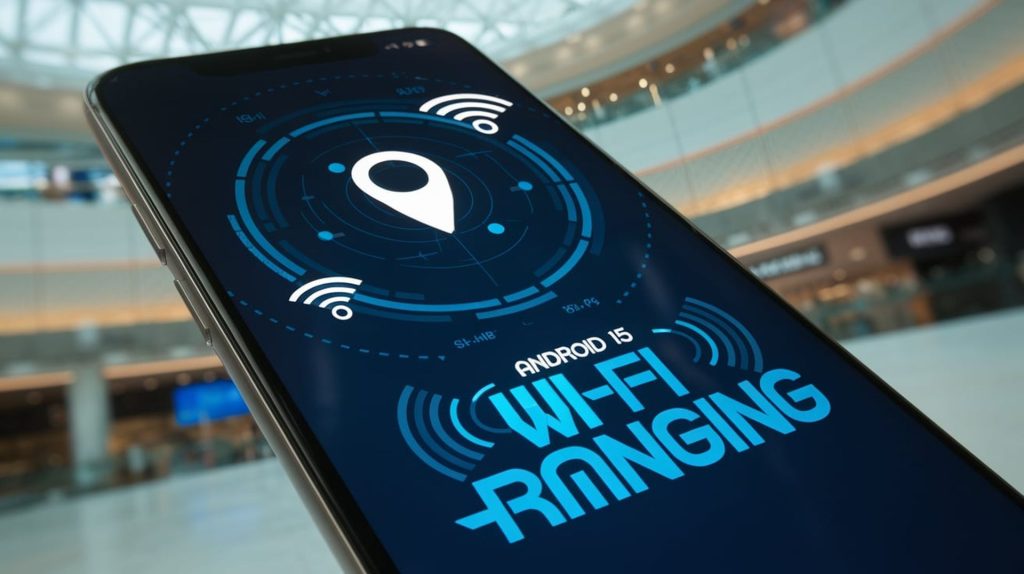Android 15 now supports the Wi-Fi Ranging feature for precise indoor tracking and navigation of less than one meter (about forty inches), but that doesn’t mean you can use it today.

Also known as the IEEE 802.11az protocol, Wi-Fi Ranging has the potential to replace indoor GPS tracking, which uses satellites orbiting the Earth to pinpoint our location. But the problem with GPS tracking is that it doesn’t work reliably in places that obstruct the signal, like malls.
Android actually added support for Wi-Fi RTT with the release of Android 9 in 2018, and many mobile devices today have Wi-Fi chips that support the positioning technology. Google even created a demo app to showcase Wi-Fi RTT with FTM, though because there aren’t many AP deployments that support it, you’ll have trouble finding a place to actually try it out in.
While Wi-Fi RTT with FTM is already fairly accurate, the IEEE SA was able to improve upon it even further with the 802.11az standard, also known as Wi-Fi Ranging.
The IEEE SA published the 802.11az standard in March 2023, making it too late to support in 2023’s Android 14 release. However, Google was able to add hardware abstraction layer (HAL) support for the standard in the second quarterly platform release of Android 14. The HAL APIs for Wi-Fi Ranging can be implemented by devices running Android 15 or later, as mentioned by Google in its documentation for Wi-Fi RTT.
You might be wondering why you should care about Wi-Fi Ranging when UWB already exists and Bluetooth 6.0 with Channel Sounding is almost here. Wi-Fi-based positioning offers a superior link budget, has lots of available spectrum to meet growing demand, is compatible with previous generations of Wi-Fi, is scalable to a large number of clients, is adaptive to traffic conditions, is robust to multipath through MIMO, is secure, and is cost effective. Sure compared with UWB and Bluetooth 6’s Channel Sounding, the Wi-Fi Ranging feature is slightly less accurate. On the upside, it has a longer range than either UWB or Bluetooth 6.
Most Android phones don’t have hardware support for Wi-Fi Ranging just yet, but that’s set to change within a couple of years. Qualcomm’s new FastConnect 7900 connectivity chip supports Wi-Fi Ranging, for example, so any upcoming phones that use that chip will be ready. However, many Wi-Fi APs that support Wi-Fi 6 or later will need to receive a firmware update to support 802.11az, so even if your phone were to support it today, you’d need to wait to use it.